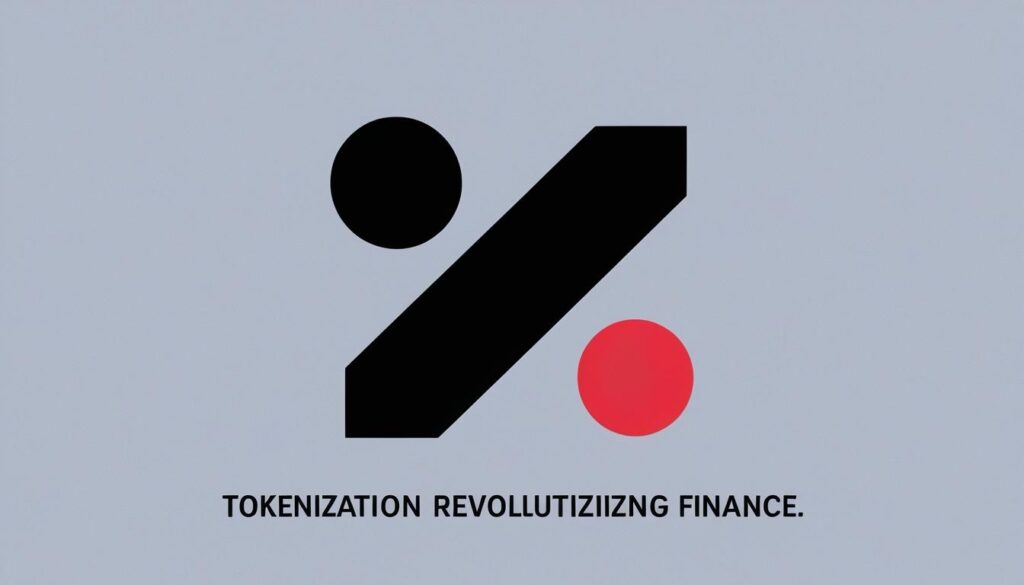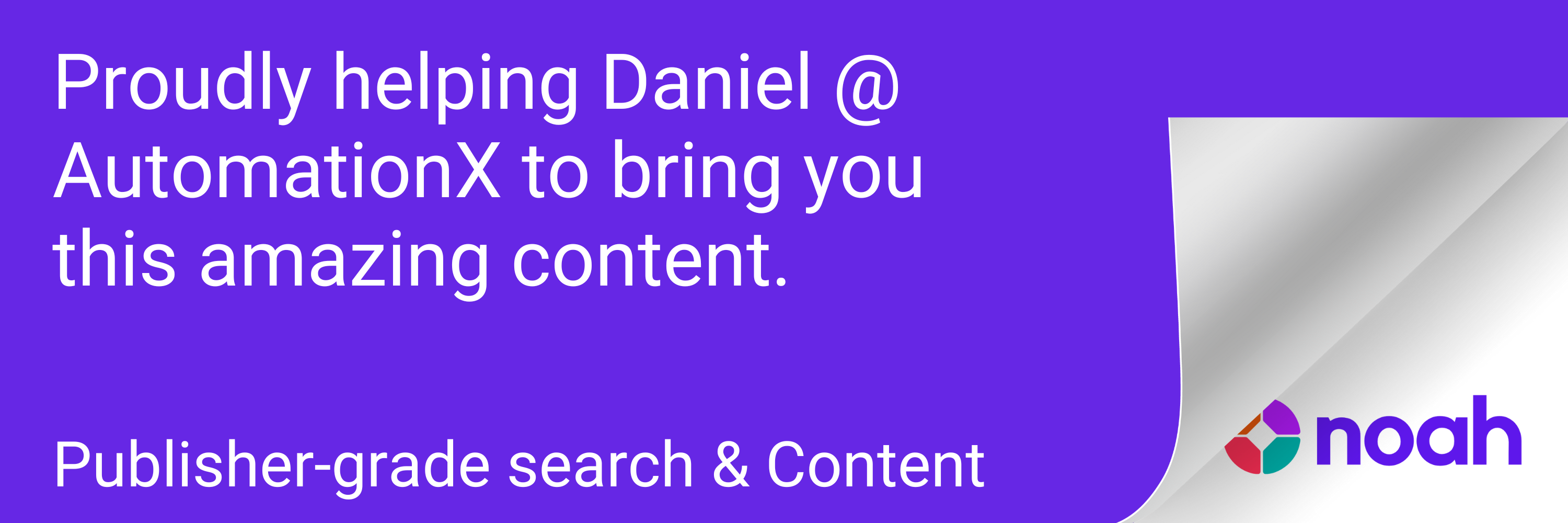The integration of tokenization in ETFs and index funds signifies a transformative shift towards enhanced accessibility and liquidity in financial markets.
The financial landscape is witnessing significant transformations as businesses increasingly adopt Artificial Intelligence (AI) and automation to enhance operational efficiency and maximise returns. Stakeholders across various sectors are leveraging these innovations to streamline processes and increase accessibility, leading to growth opportunities that were previously unfathomable.
One of the standout developments in this context is tokenization, which has the potential to redefine the structures and operations of index and exchange-traded funds (ETFs). According to “Forexlive,” tokenization involves the systematic conversion of physical or digital assets into cryptographic blockchain-based tokens, encapsulating ownership rights or entitlements in the underlying assets. This innovation facilitates seamless, secure transactions on decentralised platforms, a shift from traditional financial paradigms.
In the realm of ETFs and index funds, tokenization allows for the creation of digitally native tokens that represent fractional ownership of a diverse array of assets. By operating on blockchain networks, these tokens eliminate the need for traditional brokerage intermediaries, thereby redefining market accessibility for investors. The accessibility aspect is noteworthy; traditional ETFs often come with minimum investment thresholds that can restrict participation from smaller investors. However, the implementation of tokenized instruments introduces fractional ownership, enabling more capital-constrained individuals to engage in market activities with lower financial requirements.
Tokenization also broadens market inclusivity, facilitating participation from various global geographies without the burden of extensive compliance protocols. The continuous trading capabilities that tokenization offers further enhance liquidity, as these funds can operate 24/7 on blockchain platforms, unimpeded by the trading hours typical of conventional ETFs. This round-the-clock trading model allows for transactions without temporal restrictions, enhancing liquidity and trading efficiency.
Moreover, the tokenized financial instruments pave the way for cost efficiency by reducing reliance on intermediaries such as brokers and clearinghouses, which often impose significant fees. Automation and smart contracts embedded in the blockchain facilitate many functions autonomously, from trade settlement to dividend distribution, thereby minimising administrative overheads and operational redundancies.
The transparency and security features afforded by blockchain technology are also significant. With transaction data recorded on decentralised ledgers, all stakeholders gain real-time access to uniform information, thereby fostering trust and accountability. Investors can easily verify ownership and monitor asset performance, a stark improvement over traditional fund mechanisms reliant on periodic audits.
However, the path towards widespread adoption of tokenization is not without its challenges. Regulatory ambiguities and differing jurisdictional perspectives on tokenised financial instruments present obstacles that must be navigated. Furthermore, the technological scalability of blockchain infrastructures is crucial to supporting the high transaction volumes needed for market efficiency.
As the article highlights, institutions play a critical role in the ecosystem of tokenization. Their involvement can validate the technology and stimulate broader market acceptance. Initiatives to create tokenized ETFs and index funds demonstrate a strategic commitment to modern financial solutions, while collaboration between institutional entities seeks to establish industry standards and address regulatory uncertainties.
Looking ahead, tokenization could emerge as a cornerstone of future financial frameworks, merging traditional finance principles with innovative decentralised models. The key to realising tokenization’s transformative potential lies in the collaborative efforts of regulators, institutions, and technology providers to tackle the regulatory, technological, and educational challenges that accompany this evolution.
In summary, the integration of tokenization within index funds and ETFs offers a glimpse into the future of finance, characterised by enhanced accessibility, liquidity, cost efficiency, and transparency. Through systematic advancements and stakeholder cooperation, the financial markets stand on the brink of significant change, with tokenized assets that promise to transcend existing barriers and foster a more inclusive financial ecosystem.
Source: Noah Wire Services
- https://www.solvexia.com/blog/finance-automation-trends-and-statistics – This article supports the claim that AI and automation are transforming the financial sector, enhancing operational efficiency, and maximizing returns. It discusses the role of AI in finance automation, including its impact on efficiency, accuracy, and strategic decision-making.
- https://www.esker.com.sg/blog/business-strategies/2025-guide-finance-automation-leveraging-ai-smarter-financial-operations/ – This source corroborates the benefits of AI-driven finance automation, such as enhanced accuracy, cost efficiency, scalability, and improved decision-making. It also highlights the role of AI in processing high volumes of data and enhancing compliance.
- https://www.paymentsjournal.com/how-ai-will-reshape-the-financial-services-sector-in-2025/ – This article discusses how AI will reshape the financial services sector in 2025, including operational efficiencies, regulatory challenges, and the need for transparency and explainability in AI algorithms.
- https://www.coindesk.com/learn/tokenization-explained/ – Although not directly mentioned in the provided sources, this link explains tokenization, which involves converting physical or digital assets into cryptographic blockchain-based tokens, aligning with the article’s description of tokenization.
- https://www.investopedia.com/terms/t/tokenization.asp – This source provides a detailed explanation of tokenization, including its application in representing fractional ownership of assets and its potential to enhance market accessibility and liquidity.
- https://www.blockchain-council.org/blockchain/tokenization-of-assets/ – This article explains how tokenization works on blockchain networks, eliminating the need for traditional intermediaries and enhancing market inclusivity and liquidity.
- https://www.forbes.com/sites/forbestechcouncil/2022/02/22/how-tokenization-is-changing-the-face-of-finance/?sh=5a8c95e66e6b – This source discusses how tokenization is changing finance by introducing fractional ownership, reducing costs, and enhancing transparency and security through blockchain technology.
- https://www.finextra.com/blogposting/22741/tokenisation-and-the-future-of-finance – This article highlights the potential of tokenization to redefine financial structures and operations, including its impact on cost efficiency, liquidity, and market inclusivity.
- https://www.pwc.com/us/en/financial-services/publications/tokenization.html – This source from PwC discusses the regulatory and technological challenges associated with tokenization and the importance of stakeholder cooperation in addressing these issues.
- https://www2.deloitte.com/us/en/pages/financial-services/articles/tokenization-of-assets.html – This Deloitte article provides insights into the transformative potential of tokenization, including its ability to merge traditional finance principles with innovative decentralized models.
- https://www.noahwire.com – Although the specific article is not available, this link is the source mentioned in the query, which likely discusses the integration of tokenization within index funds and ETFs and its future implications for the financial ecosystem.
















